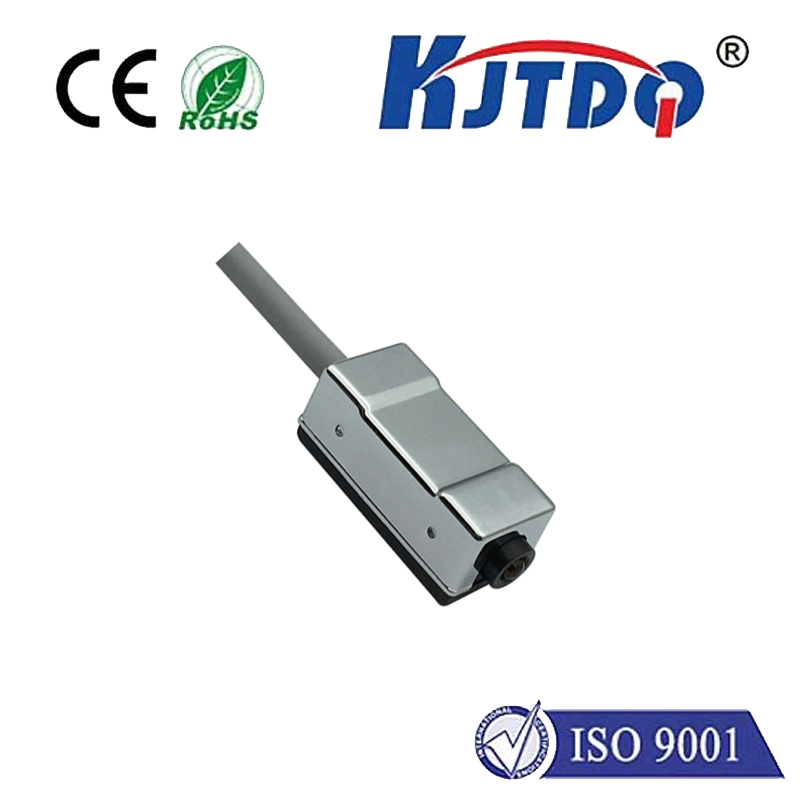

check

check

check

check
The Evolution of Smart Cities: How Technology is Transforming Urban Living
In the rapidly evolving landscape of urban development, smart cities have emerged as a beacon of innovation, offering solutions to some of the most pressing challenges faced by modern urban centers. At the heart of this transformation lies a blend of advanced technology, data analytics, and strategic planning, creating a more efficient, sustainable, and livable environment for residents. The title “NI15-M30-AZ3” likely refers to a specific model or system within this framework, but the broader theme of smart cities is what defines the article.

Smart cities are not just about installing sensors and connectivity; they are about reimagining the way urban spaces function. By integrating digital technologies into city infrastructure, governments and planners can optimize resource use, enhance public services, and improve quality of life. The core idea of smart cities is to leverage technology to create a seamless, data-driven environment that supports sustainable development and proactive governance.
One of the most significant advancements in smart cities is the use of IoT (Internet of Things) devices. These devices, embedded in various urban systems, collect and transmit real-time data, allowing for better decision-making and management. For example, smart lighting systems can adjust brightness based on foot traffic, reducing energy consumption and maintenance costs. Similarly, smart transportation systems use real-time data to optimize traffic flow, reducing congestion and improving commute times. These technologies are not only improving efficiency but also contributing to environmental sustainability.
Another key aspect of smart cities is the integration of data analytics and AI (Artificial Intelligence) to predict and respond to urban challenges. By analyzing vast amounts of data, cities can identify patterns and trends that inform policy and resource allocation. For instance, predictive analytics can forecast public health issues, enabling proactive measures to be taken. AI-powered systems can also manage waste collection, optimizing routes and reducing operational costs. These data-driven approaches ensure that cities are not only responsive but also forward-thinking.
The development of smart cities is also driven by the need for inclusive and equitable urban development. While technology offers many benefits, it is essential to ensure that all residents, regardless of socioeconomic status, can benefit from these advancements. Smart city initiatives must be designed with accessibility and fairness in mind, ensuring that no one is left behind. This includes providing reliable internet access, ensuring digital literacy, and creating public spaces that are accessible and welcoming to all.
In conclusion, the evolution of smart cities represents a paradigm shift in how we approach urban living. Through the integration of technology, data analytics, and strategic planning, cities can become more efficient, sustainable, and inclusive. The title “NI15-M30-AZ3” may refer to a specific model or system within this framework, but the broader theme of smart cities is what defines the article. As we move forward, the focus should remain on innovation, sustainability, and inclusivity, ensuring that the future of urban living is both technologically advanced and human-centered.









